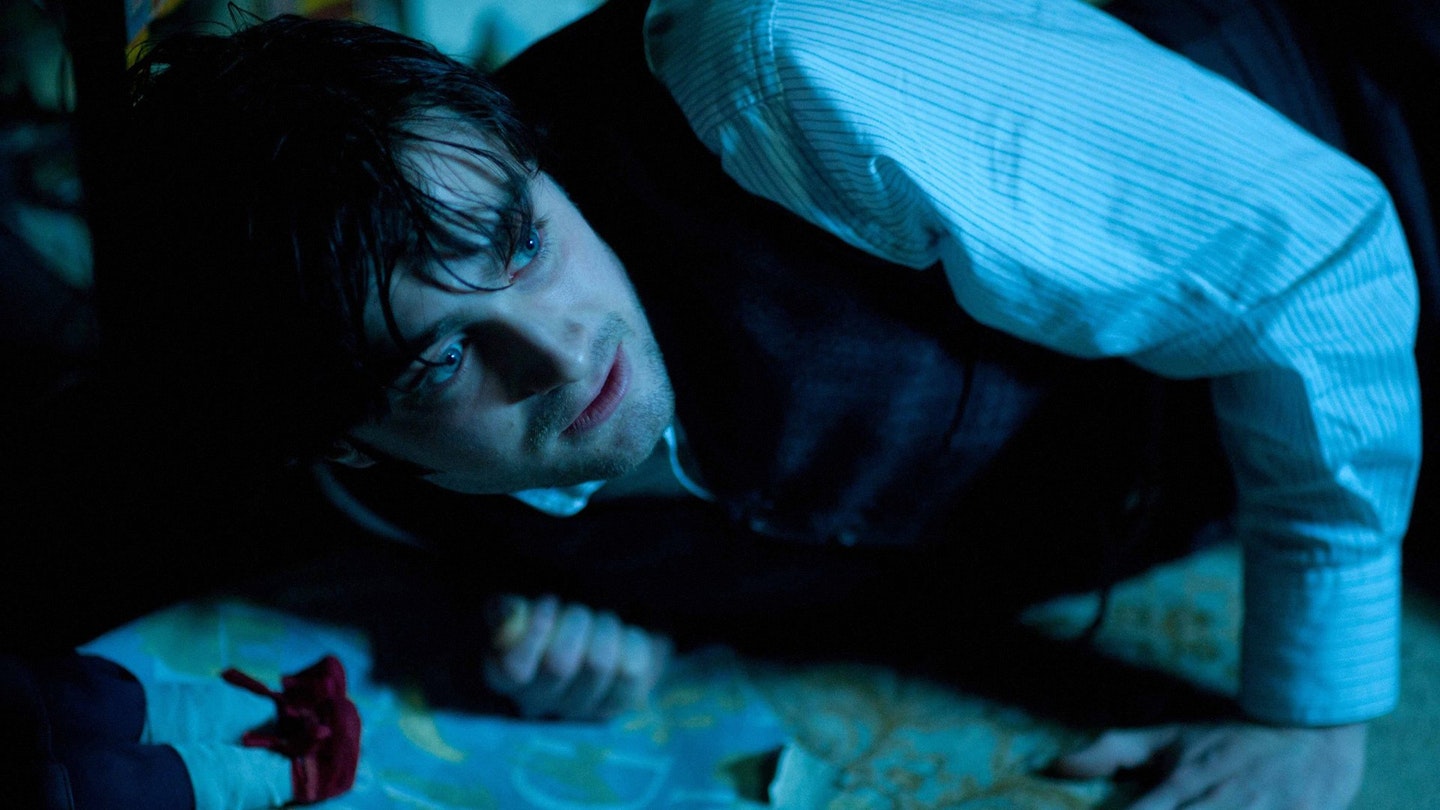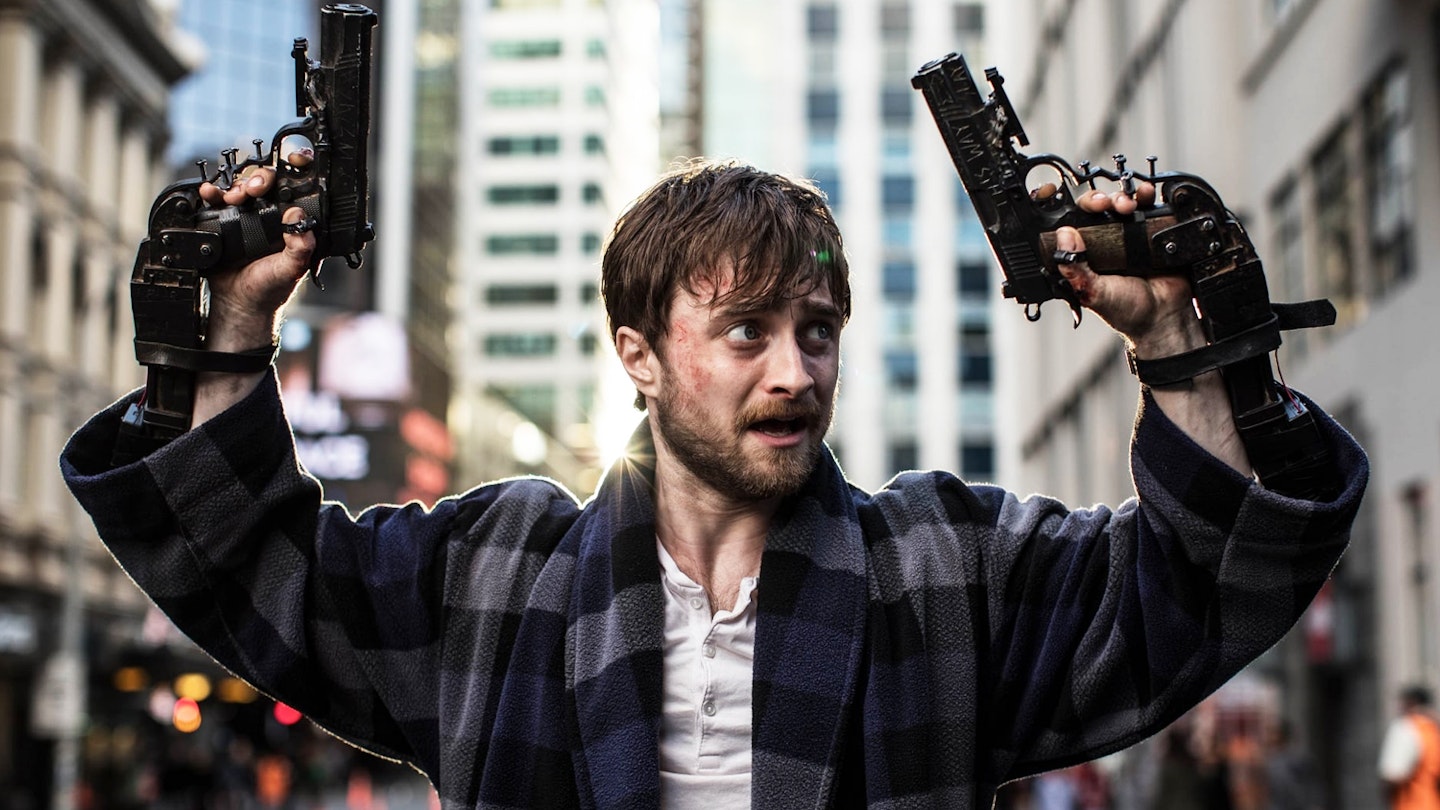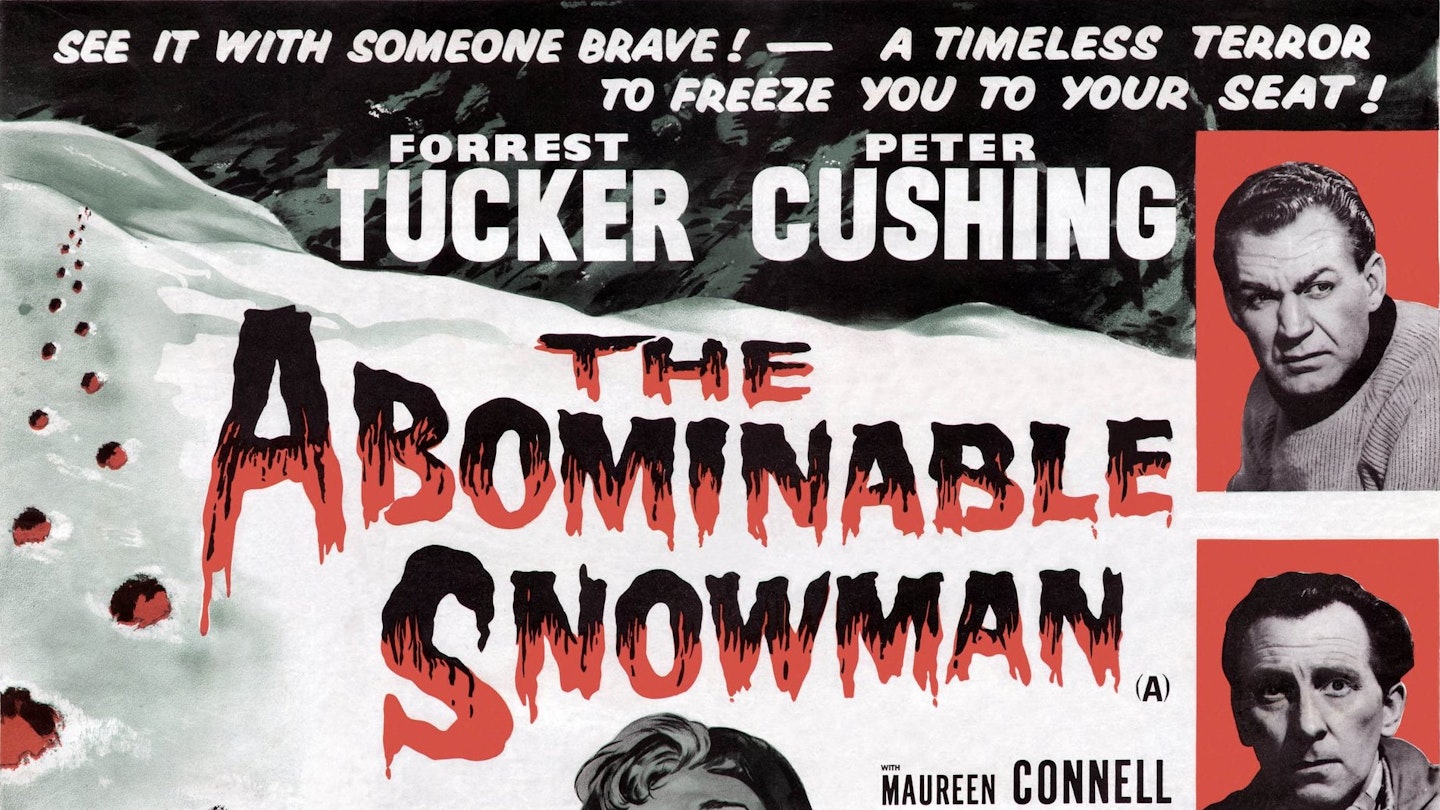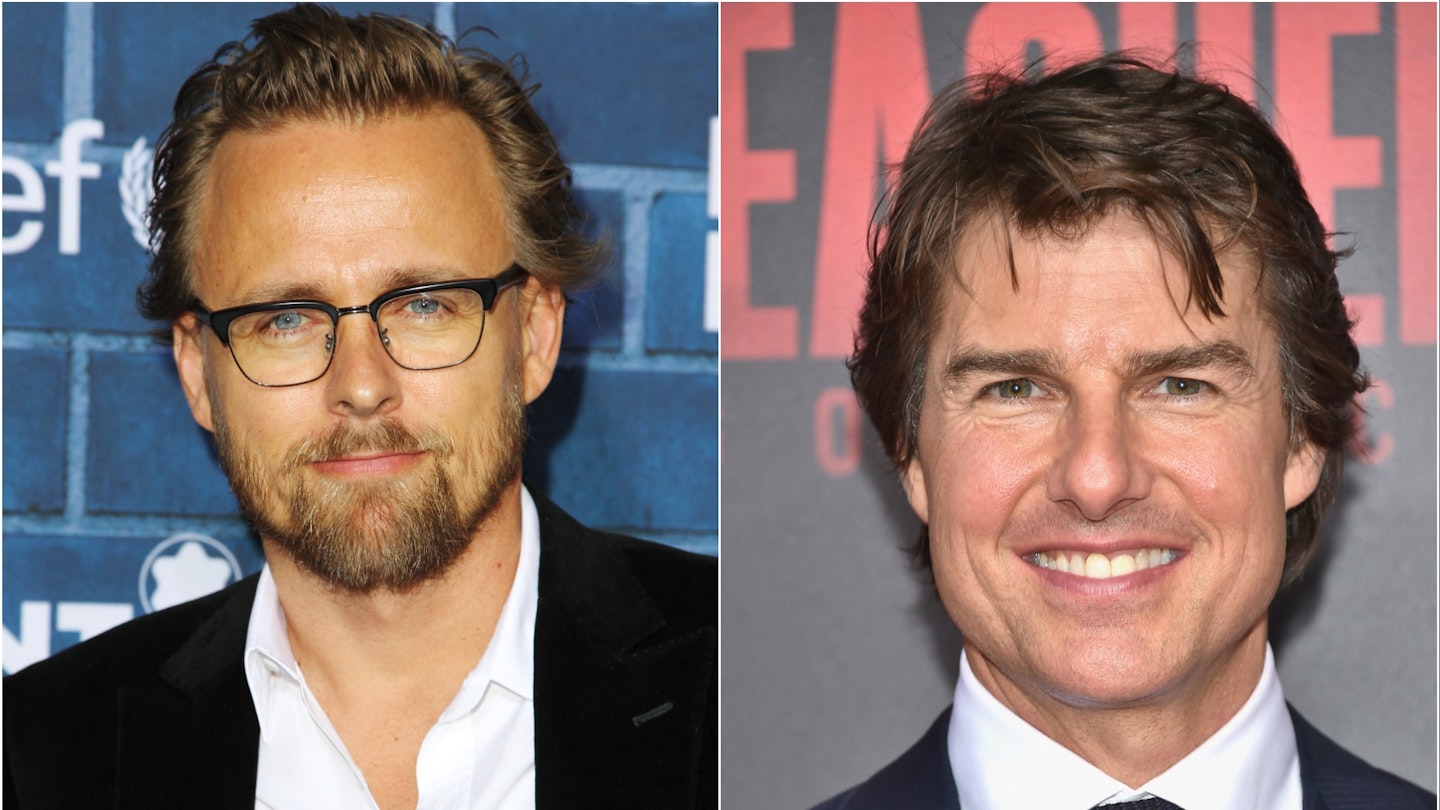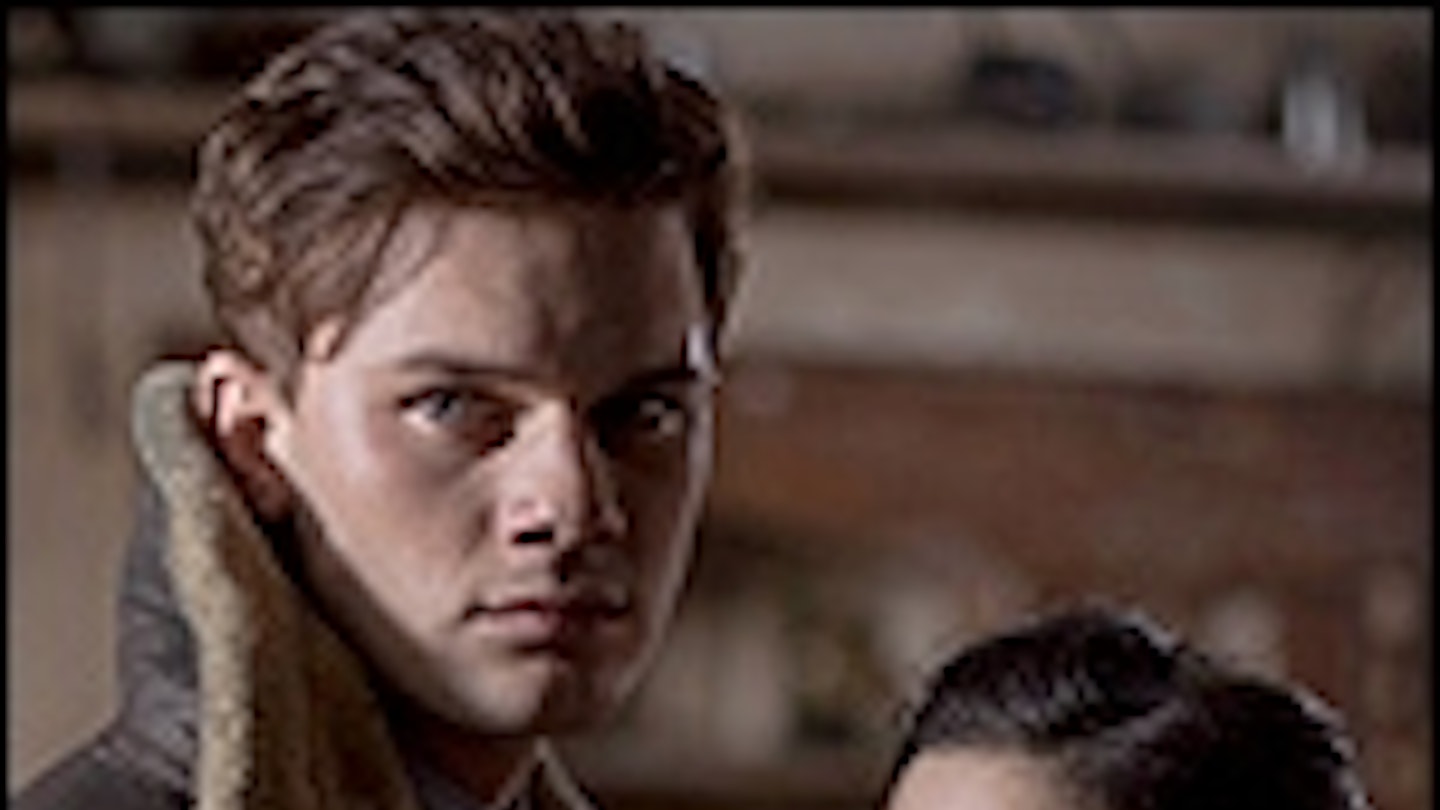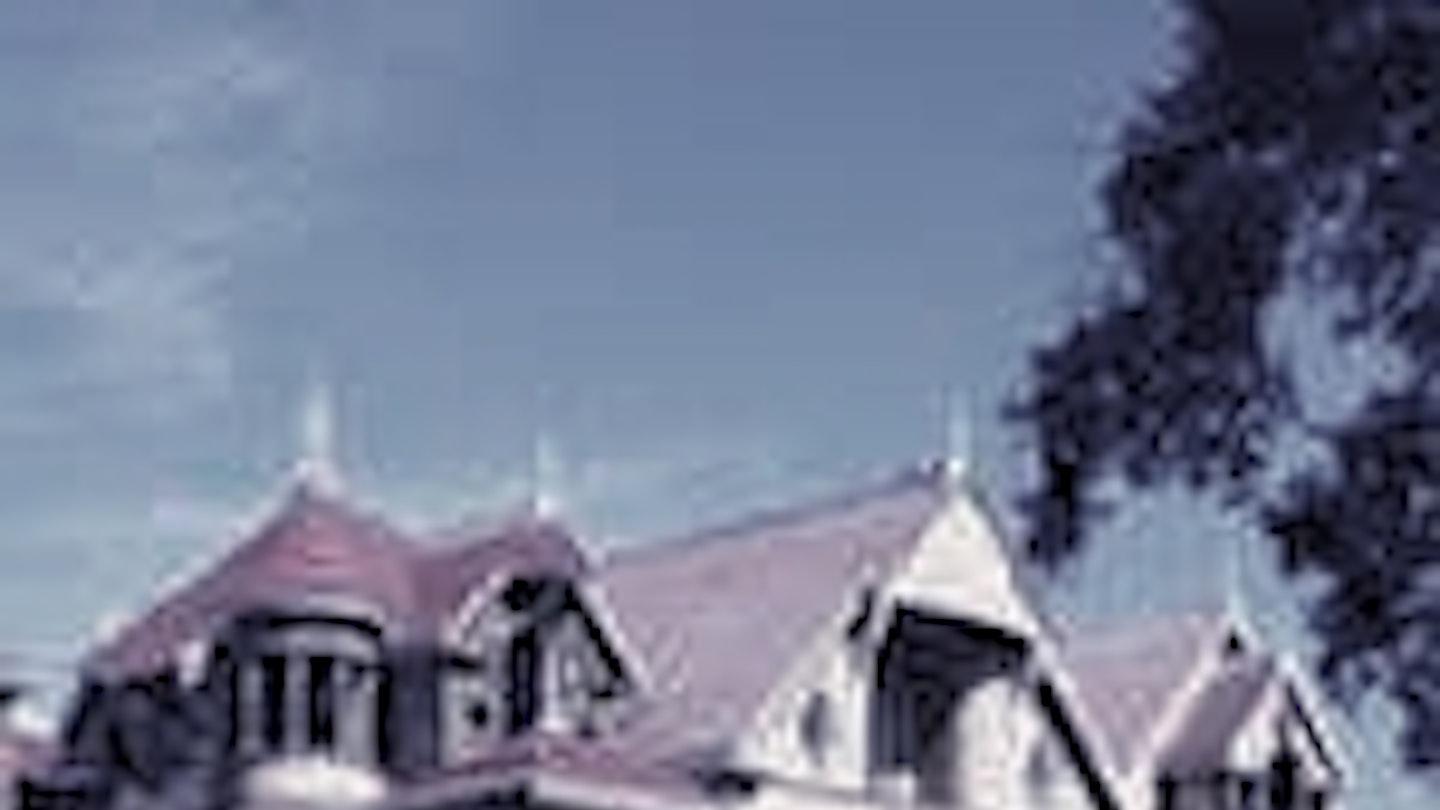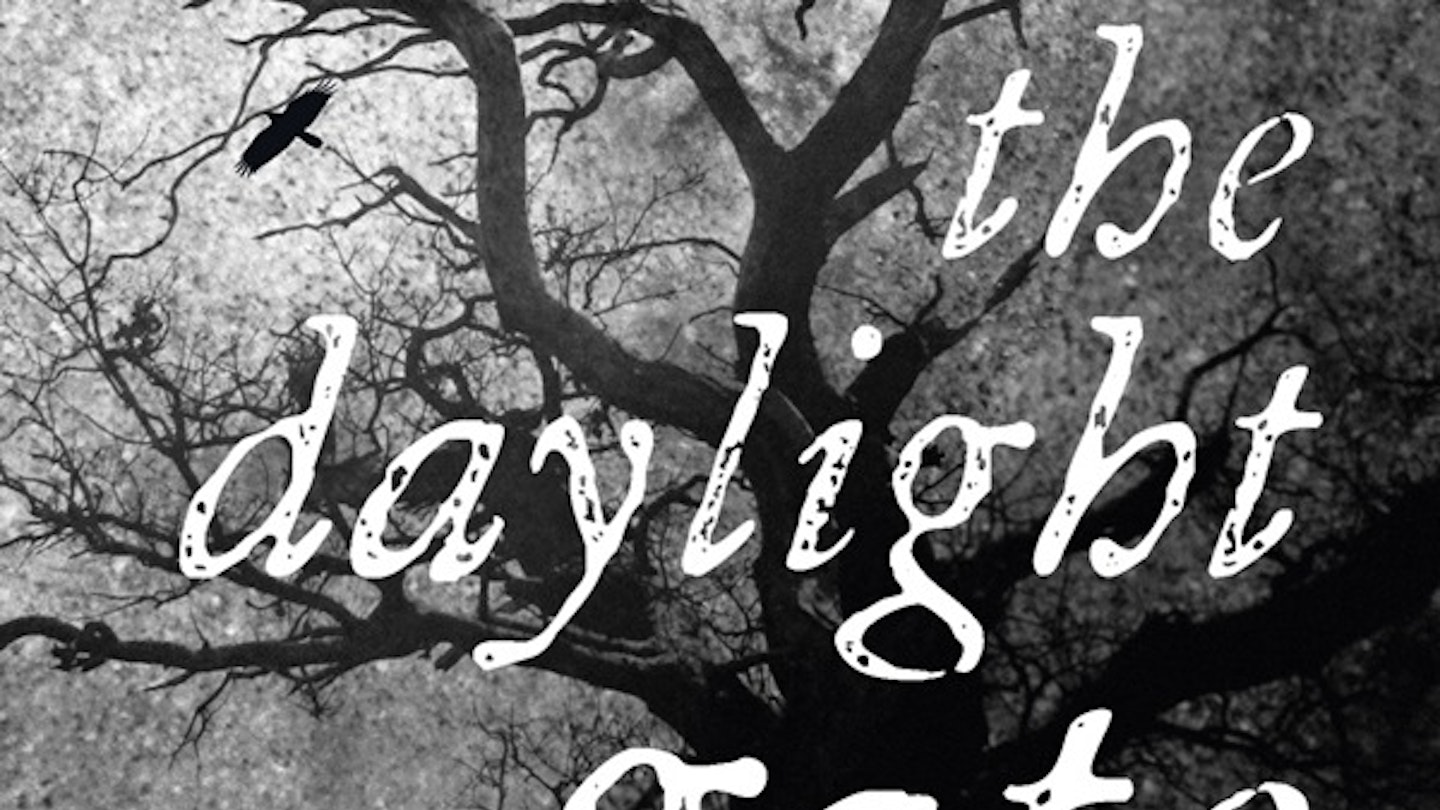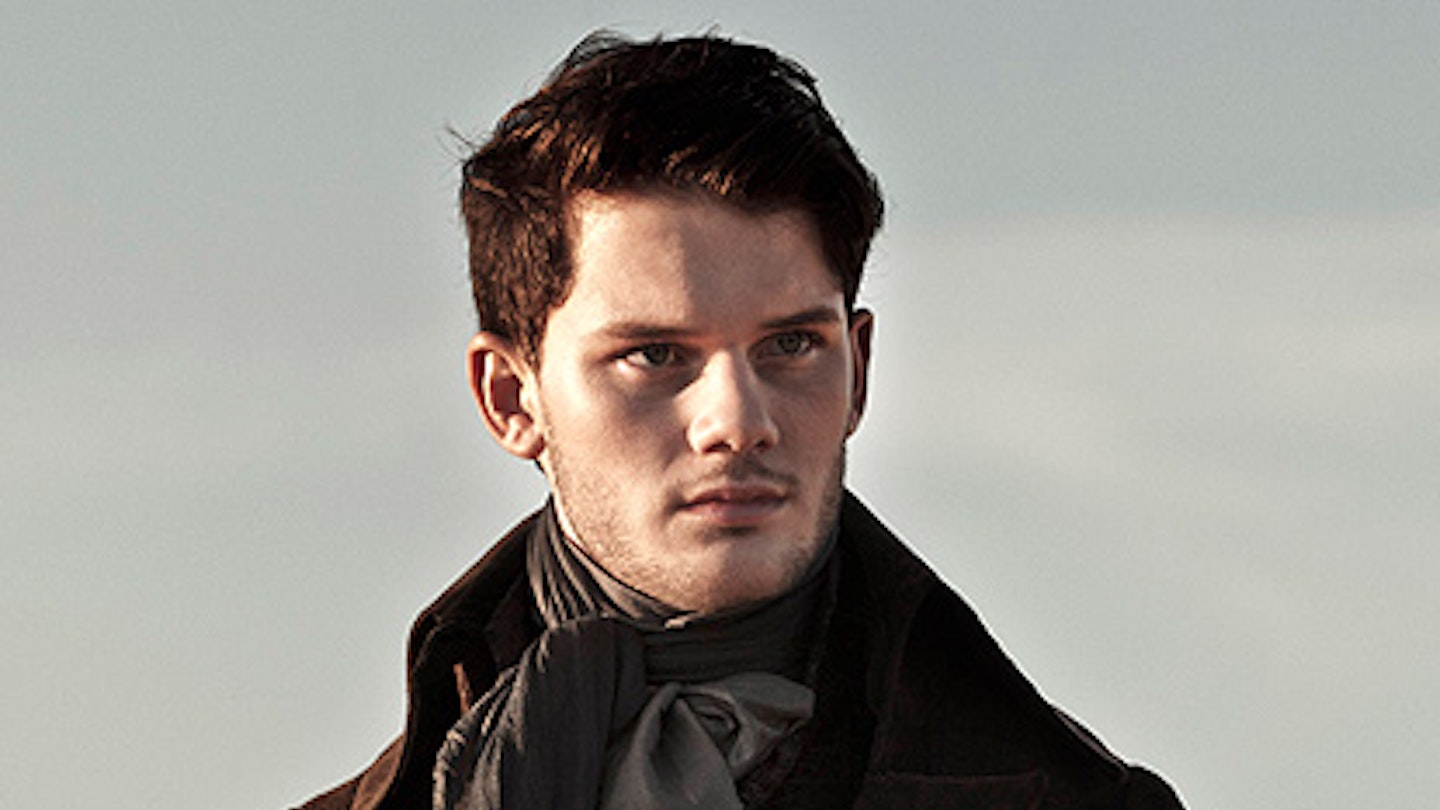Though it was published in 1983, The Woman In Black has come to be regarded almost as a classic of Victorian ghost story-telling. While it’s obviously not of that era — the ’80s only really tallying with Victorian times in that people expended rather too much effort getting dressed and the poor had a pretty awful time — Susan Hill’s short novel is very much of the style and mood of tales like The Turn Of The Screw or Oh, Whistle, And I’ll Come To You, My Lad. It’s a little bit stately and completely terrifying through use of language and very simple suggestion, rather than anything gory. The story of a solicitor being traumatised by death and secrets in a remote village has the core ingredients of vengeful ghost, big creaky building, sceptical protagonist and unremittingly miserable weather. The book has sold in enormous numbers; been adapted into a stage play which has been running in the West End for approximately 4,762 years (okay, 23); been the basis of multiple radio plays and, in 1989, was adapted for a successful TV special (viewable on YouTube, if you’re prepared to squint for 100 minutes). It is, in short, a story much told. This latest is a match for any previous telling.
James Watkins’ Woman In Black is not a particularly faithful interpretation of the book, at least not in terms of the order of events. It has rearranged and omitted all over the place, though the major elements remain: the fog with an apparent mind of its own, the dog, the most upsetting rocking chair in the history of literature. But absolute fealty to its source isn’t especially vital as long as it works on its own terms and stays true to at least the spirit of the original story. This it very much does.
Scripted by Jane Goldman (Kick-Ass, X-Men: First Class), who brings a great deal of her own invention to Hill’s story, the film begins with one significant change. Where the novel’s Arthur Kipps is happily married, full of enthusiasm and optimism, keen to be a father, the film’s Kipps is a widower. His wife died giving birth to their son, whom Kipps adores but evidently doesn’t particularly enjoy (the child draws his father with a big, frowny face), and he is troubled by visions of her. That changes Kipps’ path substantially. In the book he is a contented man sent on an apparently menial task and gradually brought down by the terrifying things he witnesses in a haunted house. Here, he’s a hollow man trying to achieve some kind of contentment by battling internal and external ghosts. It’s bold, but it works. The utter lack of happiness in any of the characters adds to the bleakness of the story and, cinematically at least, without the benefit of narration, a character seeking something is perhaps more compelling than a character who has everything to lose.
The actions of The Woman In Black, the ghost of Eel Marsh House, have also been somewhat altered. Goldman and Watkins’ take on the village of Crythin Gifford is rather like Summerisle in The Wicker Man, with a small, isolated community of permanently edgy folk who hold a secret — a secret they keep very poorly by staring accusingly at the stranger in their midst and dropping heavy, yet still oblique, hints about not going up to the big dark house where big dark things happen. It’s no spoiler to say that The Woman In Black has a curious, violent hold over the people of the village, but the way in which that manifests itself has been ramped up in the movie. This Woman In Black is more determinedly evil, a more ambitious class of deathly spirit.
Daniel Radcliffe seems initially too young to be playing a solicitor with a four year-old son, even if he is permanently stubbled for extra manliness, but it’s solid casting. He’s considerably more youthful than any of the adults in Crythin Gifford, which adds to his outsider status and enhances the fact that others know so much more than him. Anyway, it’s set in Victorian times and everyone was younger then. All the old people were dead. Radcliffe plays a challenging role well, frequently with nothing to react against as he tiptoes around Eel Marsh House waiting for something horrible to happen. He’s got good eyes for looking terrified: huge and always a little bit aghast, even in repose. Elsewhere in the cast, Ciarán Hinds is strong as Sam Daily, a landowner who utterly eschews the ghostly myth until it becomes impossible to do so, while Janet McTeer, in a largely invented role as his wife, who has reacted to the death of her child by treating a pair of dogs like tiny quadrupedal people, almost beats the ghost for absolute creepiness.
The most vital aspect of any depiction of The Woman In Black is that it be consistently unsettling. This is part horror film, but more ghost story. It’s not enough to make the audience jump; they have to feel their flesh crawl almost constantly. Watkins has measured it just right. Eden Lake showed that he could well handle the threat of violence; this shows he can also handle threat that can’t be defined. Every scene has a suggestion that something is lurking, watching, waiting for the right time to reveal itself. For all the time Kipps is in the sprawling house (brilliantly, ominously lit for maximum heebie-jeebies) you’re given no opportunity to relax. Some of the growing tension is paid off with a cathartic shock, but it’s even more unsettling when the shock never comes. The anxiety builds and builds until you can hardly bear it as Kipps edges further into the shadows. You will likely spend a great deal of the running time cowered so far into your seat that you’re virtually horizontal. Actual glimpses of the ghost are used sparingly, a split-second of her appearing in a distant doorway or peeking through a zoetrope being far more unsettling than getting a proper chance to look at her in all her rotting haggardness. If anything, she could have been shown less. The few times when The Woman In Black is on screen for more than a couple of seconds dilute the horror. A screen monster is always scarier when you can’t fully describe it.
If there’s a misstep, it’s in the new ending. Without wanting to give away anything at all, it has been decided that there should be some attempt at redemption, for everyone. It dissipates a good deal of the fear that has been built up to this stage, and though still reasonably satisfying, is not needed. It certainly hasn’t improved on the ending of the novel, which doesn’t seek any resolutions and is all the more despairing for it. Hill’s was an ending that haunts you long after, whereas this wraps up quite neatly. A shame as it puts a quite mundane cap on a film that has up until now not fallen back on the obvious or familiar. That said, you’ll almost certainly still leave the cinema in need of a very stiff drink and a lie-down in a brightened room.
